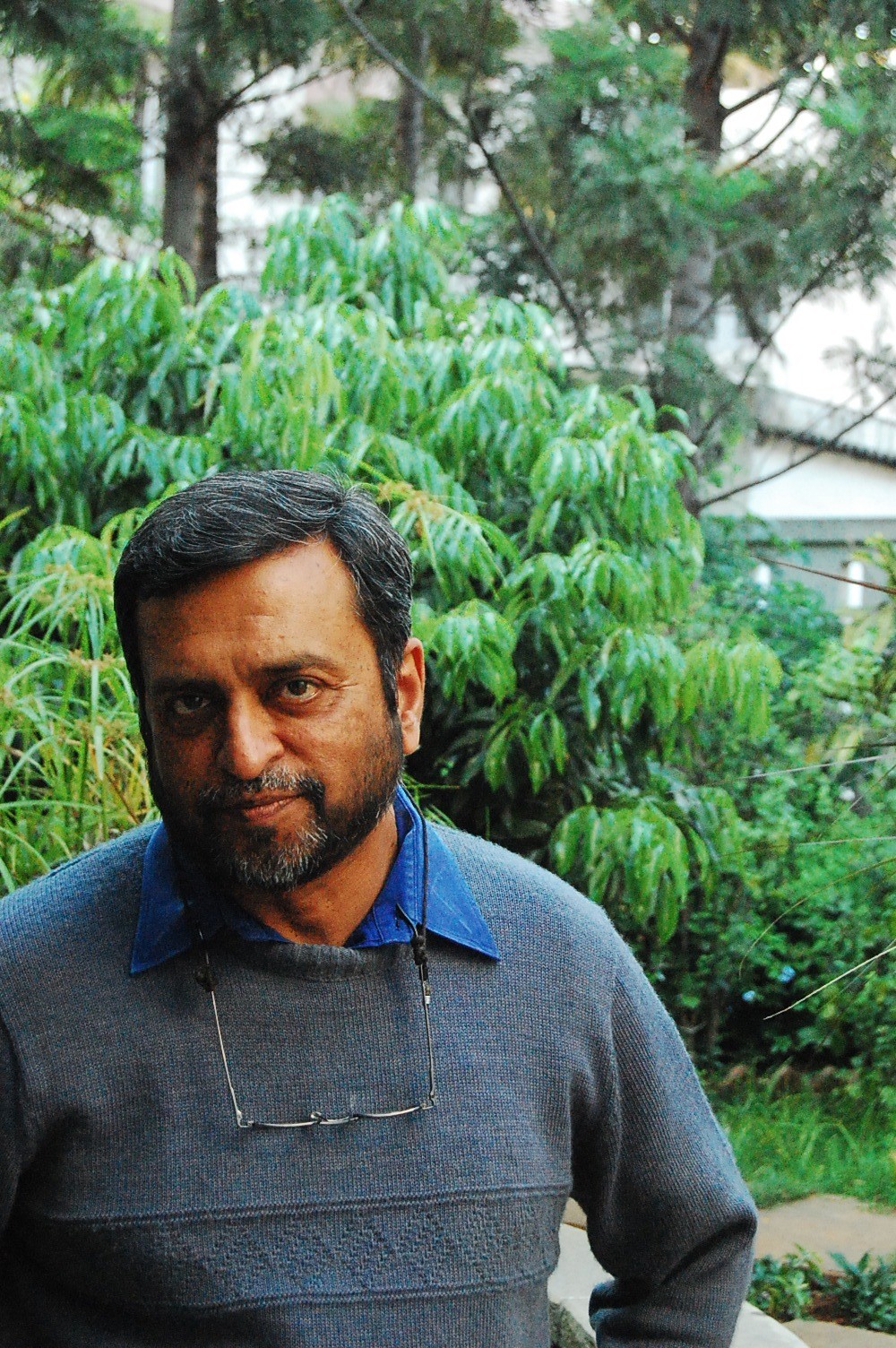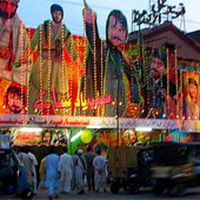The Changing Role of Film Societies in Bangalore
 I have spent many hours visiting hole-in-the-wall vendors of pirated DVDs at Bangalore’s National Market. The collections are vast, the prices are low, and the salesmen, in their pithy analysis of obscure films, are sometimes more reliable than professional film critics. That does make for a tempting combination. Most of the valuable gems of world cinema are gathered in a tiny cove. Sometimes the DVDs have no names on them with a dull yellow flower motif adorning the labelled side. At other times, it is blank with the shiny disc reflecting the claustrophobic market. These rich treasures of media pirates have changed the way in which we watch and access cinema in India. Peer to peer networks on the internet have also gone a step further in giving us access to a collection that has as many items as there are drops of water in the ocean. Specialist world cinema television channels have made us fat with their additional 24-hour buffet. As film-lovers in this age, we are spoilt for choice.
I have spent many hours visiting hole-in-the-wall vendors of pirated DVDs at Bangalore’s National Market. The collections are vast, the prices are low, and the salesmen, in their pithy analysis of obscure films, are sometimes more reliable than professional film critics. That does make for a tempting combination. Most of the valuable gems of world cinema are gathered in a tiny cove. Sometimes the DVDs have no names on them with a dull yellow flower motif adorning the labelled side. At other times, it is blank with the shiny disc reflecting the claustrophobic market. These rich treasures of media pirates have changed the way in which we watch and access cinema in India. Peer to peer networks on the internet have also gone a step further in giving us access to a collection that has as many items as there are drops of water in the ocean. Specialist world cinema television channels have made us fat with their additional 24-hour buffet. As film-lovers in this age, we are spoilt for choice.It was different for an earlier generation though. Access to international cinema was absent for individuals and there were no forums for a deeper engagement with films that one had seen; except at one place – the film society. Through the 1960s, 70s and 80s, the film society (or the film club) was the only place where one could watch international cinema in India (apart from American produced ‘Hollywood’ films). Screening obscure films that never made it to the commercial cinema theatre circuit, film societies and clubs flourished across the country. First encounters with Russian masters like Sergei Eisenstein and French bohemians like Jean Renoir and Jean Luc Godard were made at film society screenings. Attitudes towards cinema were changed and a new generation of viewers who had seen a wider variety of films emerged.
India’s first film society, the Calcutta film society, was founded by Satyajit Ray, along with other distinguished Calcuttans in 1947. There is a synchrony to the film society narrative in India with Ray’s name there, right from the start. Bombay, the city of a million dreams, also stakes claims to have India’s earliest film society. Other cities like Delhi, the nation’s capital could not be far behind.
Bangalore was an important, but smaller, city in the 1960s, attractive for its pleasant weather and recognised as a hub for several public-sector industries. H. N. Narahari Rao, the President of the Federation of Film Societies of India and an old Bangalorean, told me that there was a popular film society existing in the city called ‘Mayura’ in the late 1960s. Rao is the Artistic Director of the Bengaluru International Film Festival, which is the city’s rendition of the popular ‘film festival’ format. Delve a bit into his past and you find out that he was also the founder of Suchitra Film Society (SFS), the city’s most successful film society that he founded in 1972. As ‘Mayura’ was no longer accepting applications for membership, Rao went ahead and started SFS.
All the people that I interviewed for this article mentioned that the 1970s and the 1980s were the golden period for the film society movement in Bangalore. The situation seems to have been similar in other Indian cities as well (An article in The Telegraph about the Calcutta Film Society for example discusses how that film society had a glorious run till the 1980s. The article is available here.
[caption id="attachment_5783" align="alignright" width="139" caption="M. K. Raghavendra, an accomplished film critic and author of three books on Indian cinema says that film societies are no longer relevant in Bangalore."]
 [/caption]
[/caption]According to M. K. Raghavendra, author of three books on Indian cinema and a long time member of film societies in Bangalore said: “There were at least 10 film societies active in Bangalore then and almost all of them had a long queue of aspiring members.” A slight smile plays on Raghavendra’s face as he tells me this knowing that this bit of information would shock me. I am shocked of course because the two active film societies in Bangalore now, the SFS and the Bangalore Film Society (BFS), will be more than happy to offer membership to anyone who wants it. Raghavendra’s gentle smile turns into a grin as he continues, “Of course, film society screenings were also the only place where Bangaloreans could see some nudity as these films were not censored.”
Titillation apart, the films offered a chance of a lifetime to many of its members in those decades. Discussions were intense and a network of friendships were created that would last for the next few decades. Films were sourced from the National Film Archive of India (NFAI) in Pune and various embassies. 16 mm film projectors were used while sometimes, early morning shows would be held at cinema halls if 32 mm film reels were available. “Shows were held at 7:30 am in the morning in film theatres like Plaza and they would be completely full,” said George Kutty, President of the BFS. Such glorious scenes seem unbelievable because BFS’ monthly film screenings hardly attract 10-15 people now.
The late 1980s and the early 1990s changed India. Colour television first and Video Cassette Recorders (VCR) very soon, made their appearance changing the way in which people accessed cinema. This also sounded an ominous first warning bell for the film societies. Membership fell and attendances started dwindling. Soon, most of the film societies shut with only SFS and BFS carrying on regular screenings. With the easy availability of DVDs, the relevance of film societies continued to be questioned as almost all great cinema was easily available now. So what is the role of film societies now in a scenario where they seem to have become completely irrelevant?
Some suggestions that came forth said that without film societies, people would not know what to watch, and thus the main purpose of film societies was to educate people about good cinema. Others said that film societies should work with other non-governmental groups in creating awareness about issues and provoke reactions. While all these seem relevant enough, the sparse attendances does not bode well at all for film societies till there is a radical shift in their approach to dissemination of cinema. Till then, I will continue to go and watch films at film societies with four or five or six people even though I might have the same DVD at home because like Federico Fellini said: “The public has lost the habit of movie-going because the cinema no longer possesses the charm, the hypnotic charisma, the authority it once commanded. The image it once held for us all - that of a dream we dreamt with our eyes open - has disappeared. Is it still possible that one thousand people might group together in the dark and experience the dream that a single individual has directed?”
Contributed by V. A. Sayeed
V. A. Sayeed is a writer based in Bangalore. An avid cinephile, he has an omnivorous taste in films with little regard for the connoisseur’s distinction between Hollywood-style popular cinema and avant garde cinema. He was born in Bangalore and wants to die there but is not averse to travelling to watch films as he did a few years earlier, when he spent a fabulous month wallowing in the luxurious atmosphere of pure cinema while learning how to appreciate films at the Film and Television Institute of India (FTII) in Pune.
Similar content
posted on
13 Aug 2010
By Kerrine Goh
30 Nov 2011
By Siddharth
20 Nov 2009
By Kerrine Goh
12 Feb 2012
By Kerrine Goh
11 May 2016





